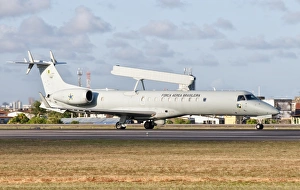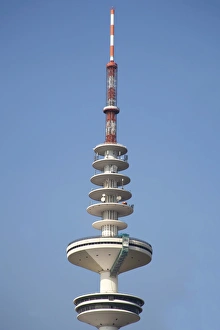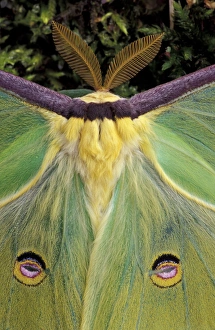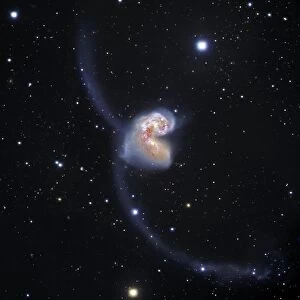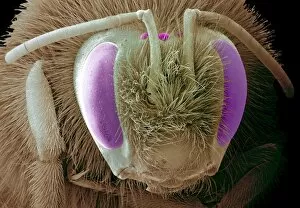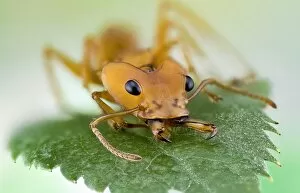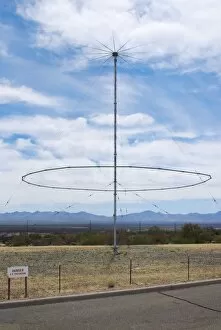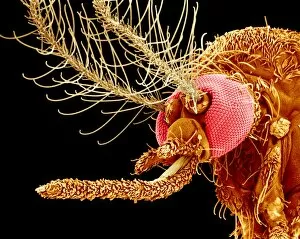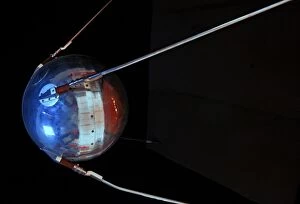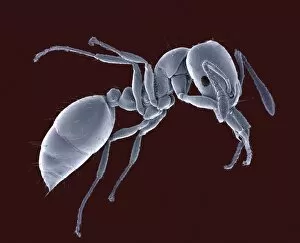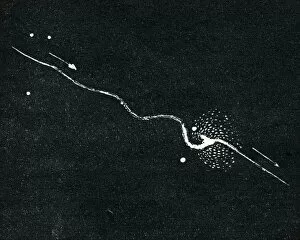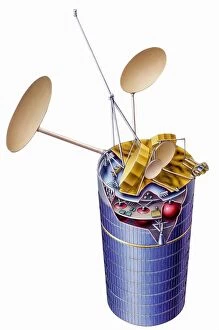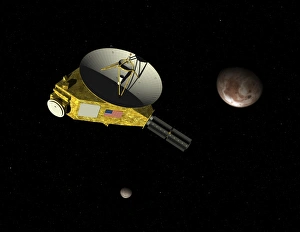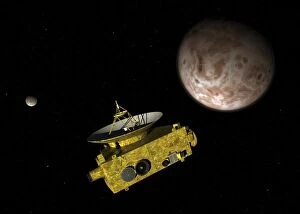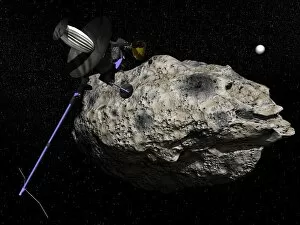Antenna Collection (page 8)
"Exploring the Intricacies of Antennas: From Honey Bees to Spacecraft" Buzzing with Sensory Wonders
All Professionally Made to Order for Quick Shipping
"Exploring the Intricacies of Antennas: From Honey Bees to Spacecraft" Buzzing with Sensory Wonders: The antenna of a Honey Bee (Apis mellifera) reveals its internal anatomy in stunning detail under the microscope. Delving into Nature's Architecture: A cross-section view of an antenna showcases the intricate design that aids insects like Praying Mantises in their daily lives. Unveiling Saturn's Secrets: The Cassini spacecraft orbits Saturn and its moon Titan, utilizing advanced antennas to transmit invaluable data back to Earth. Artistic Marvels in Space Exploration: An artwork depicts the Cassini-Huygens probe at Saturn, highlighting its sophisticated antenna system crucial for communication. Miniature Marvels Revealed: An up-close look at an ant's antenna through a Scanning Electron Micrograph (SEM) unveils its fascinating structure and sensory capabilities. Reaching for Cosmic Signals: The Lovell radio telescope stands tall, capturing celestial whispers from deep space with its powerful antennas scanning the skies above. Peering into Mosquito Mysteries: A Culex mosquito's delicate antennae are examined using SEM, shedding light on how these tiny creatures navigate their surroundings. Unveiling Nature's Warriors: Red-barbed ants' antennas reveal remarkable details when observed through SEM, showcasing their ability to communicate and sense their environment effectively. Beneath the Vastness of Radio Astronomy: Glimpsing underneath the Arecibo radio telescope exposes an array of massive antennas responsible for unraveling cosmic mysteries from distant galaxies. Microscopic Wonders of a Honey Bee’s World: Through SEM imagery, we discover every minute detail present on a honey bee’s antenna – nature’s masterpiece designed for survival. Capturing Wildlife Wonders Up Close: A macro shot captures a stick insect as it crawls along the wild habitat, showcasing its intricate antenna and fascinating leg structure.


